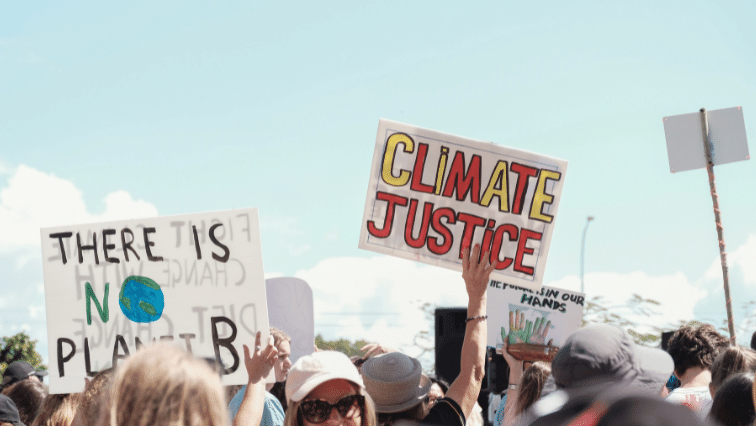

In October 1991, the First National People of Color Environmental Leadership Summit brought together close to 300 Black, Latino, American Indian, Pacific Islander, Asian American, and other activists of color to elevate the environmental justice movement, which aims to address the inequitable distribution of environmental risks among vulnerable populations. The movement was founded by people of color with an explicit emphasis on securing “political, economic and cultural liberation that has been denied for over 500 years of colonization and oppression.”
The summit was a defining moment in the environmental justice movement’s history. There, leaders outlined the movement’s mission and, in doing so, established a clear connection between environmental justice and public health, highlighting inequities in environmental factors that affect health—such as access to clean air, land, food, and water; the right to a safe and healthy work environment; protection from toxic/hazardous waste; and more.
From the summit emerged a defining document: the 17 Principles of Environmental Justice. These principles outlined the movement’s demands and emphasized its intersection with the environmental drivers of health.